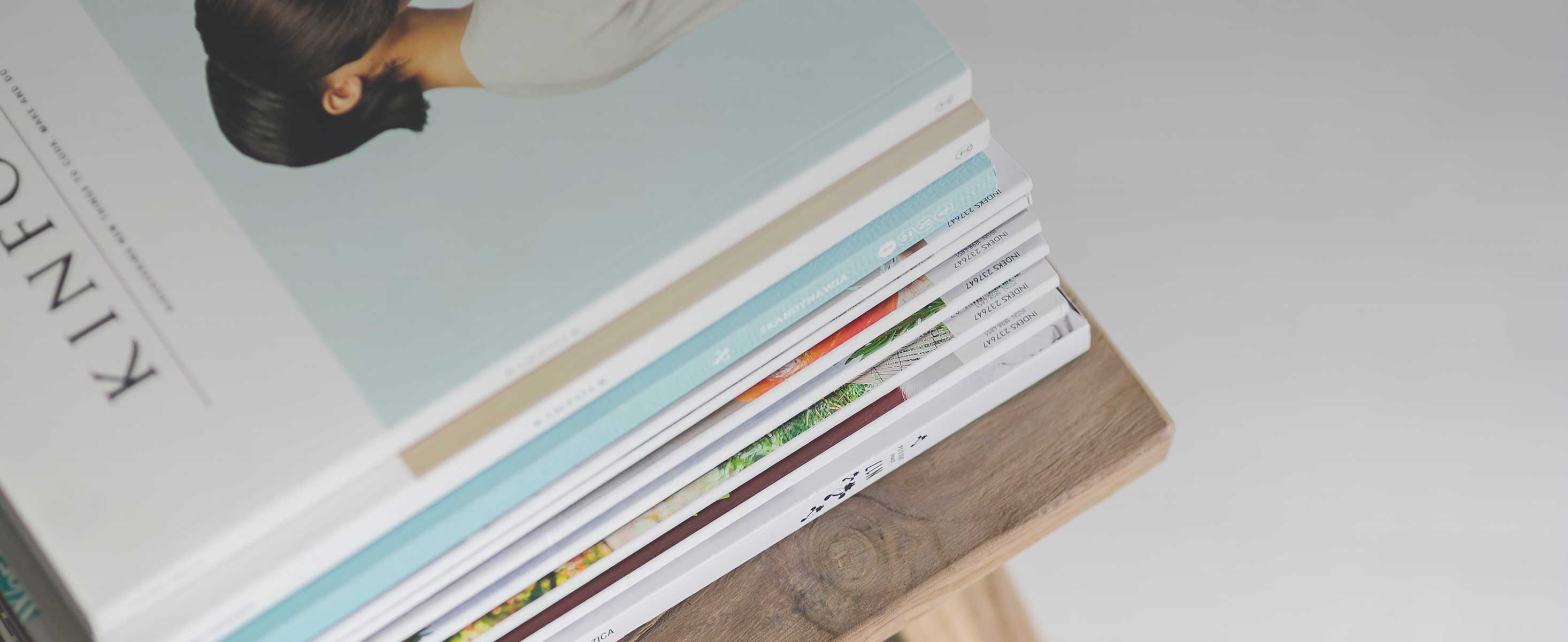
3 minute read
The need to think – and invest – for the long term
BY STANLIB in partnership with Columbia Threadneedle Investments
When we look back on 2020’s headline market return in years to come, it will tell us very little about this extraordinary year. A 17% return from global equities, for instance, is an outcome few would associate with a year that delivered the deepest global recession since World War II.
STANLIB’s offshore partner in the management of global equity and balanced funds for the past nine years, Columbia Threadneedle Investments, believes that the astonishing volatility disguised by that number brought with it two important reminders. The first is the importance of being active, something Columbia Threadneedle Investments believes is vital in both asset allocation and security selection. The other is the need to think – and invest – for the long term.
Back in March 2020, as countries were essentially shut down to contain the spread of COVID-19, uncertainty permeated the valuation of pretty much every asset class. Yet, at the same time, unprecedented global policy stimulus was released into credit and labour markets, as policymakers committed vast resources to prevent the public health crisis morphing into a deeper structural one.
STANLIB Global Balanced portfolios were presented with a rare opportunity to ‘lean in’ to those markets that had been badly beaten up, but which looked well-positioned tobenefit from the extraordinary policy measures – notably global equities and higher-grade corporate credit.
The strength of the market recovery that followed emphasised the importance of holding one’s nerve. Those who were not able to think long term may have missed out on the opportunity to participate in the strongest month for global equities since 2009.
But just as policymaker interventions dragged risk markets higher, there was huge variation in the post-crash return profile of different asset classes and companies. The ability to be active within asset classes too, was even more important in a year when certain sectors became almost un-investable.
An overarching theme across assets we held within the Global Balanced portfolios was quality. In equities, for instance, our stock-picking colleagues were seeking companies with strong balance sheets, high free cashflow andhealthy returns on capital.
When the COVID-19 case count rose rapidly in January 2021 across the US and Europe, the immediate economic outlook associated with renewed lockdowns seemed darker. Yet, risk asset prices had never been higher.
It is worth remembering that stock markets are only a subset of the economy, and equities are forward-looking. So, we must be too, and in looking to the future, share the optimism reflected in risk markets today.
A favourable US election outcome has removed some large tail risks and brought with it some fiscal reprieve.
Furthermore, the number of vaccines with greater-than-expected efficacy is creating investment opportunities in more cyclical areas of the world. The foundations for a more sustainable cyclical recovery have been set.
Our most recent moves within the STANLIB Global Balanced portfolios have been to tweak our equity allocations higher once more, with a joint focus on quality companies that also stand to benefit from a cyclical upturn. For instance, in the drinks business, Pernod should benefit from a re-opening of bars and restaurants, and Disney has already seen considerable uptake on its subscription service, but the broader business stands to benefit as its parks reopen.
Meanwhile, within the global bond sub-portfolios, we have trimmed our duration overweights. This proved helpful in 2020 as government bond yields found new lows, but the outlook for sovereign duration may be challenged in the recovery scenario we anticipate. Importantly, however, our expectations are that there will not be a meaningful rise in bond yields, and those low discount rates remain a powerful support to sustain risk asset valuations.









